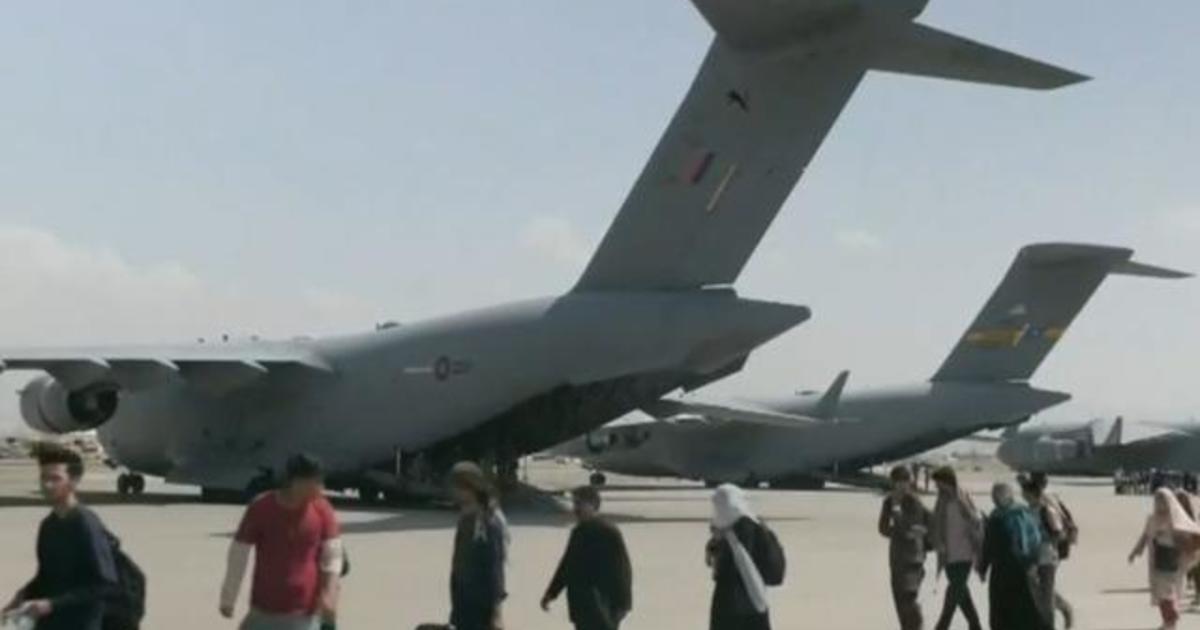
As America ends two decades of conflict in Afghanistan, the full financial tab is coming into view. Since the September 11 attacks nearly 20 years ago, the U.S. will have spent $5.8 trillion waging war in Afghanistan, Iraq, Pakistan and Syria by the end of 2022, including interest on debt used to finance the wars, according to updated figures from the Costs of War Project at Brown University.
That figure includes spending to fund the Department of Homeland Security and increases in the Pentagon’s “base” budget — money that Congress approves each year.
“It’s critical we properly account for the vast and varied consequences of the many U.S. wars and counterterror operations since 9/11, as we pause and reflect on all of the lives lost,” said Neta Crawford, a co-director of the Costs of War Project and chair of the political science department at Boston University.
The wars’ financial costs will continue to accrue for years even now that the last U.S. soldier has left Afghanistan. Health care for veterans is projected to top $2.2 trillion through 2050, bringing total costs to more than $8 trillion, according to Crawford’s research.
The Afghanistan and Iraq wars are unique in that most of their financial costs were paid for through borrowing. Previous U.S. wars were funded mostly through taxes and war bonds.
Interest alone on funding borrowed to pay for the wars in Afghanistan and Iraq may reach more than $6.5 trillion through 2050, according to a study released last year by the Costs of War Project. That expense isn’t included in the group’s $8 trillion estimate for the U.S. wars in the Middle East, which only tabulates the cost through 2022. The figures also exclude spending for humanitarian assistance and economic development aid in Afghanistan and Iraq.
“Of course, this report on the budgetary impact of the counterterror wars is not the full story of the costs and consequences of the post-9/11 wars,” Crawford wrote in her report. “Behind every one of these numbers are people — inspecting containers for possible weapons of mass destruction, deploying overseas and caring for veterans.”
Two decades of spending on war and counterterrorism has come at the expense of other social and economic needs in the U.S., from combating climate change to education to health care, argues Lindsay Koshgarian, director of the National Priorities Project at the left-leaning Institute for Policy Studies.
“We’re not dealing with all of those problems because of how much we’ve had tunnel vision and invested in this one vision of security — that really isn’t meeting our needs,” Koshgarian told CBS MoneyWatch in an interview.
With the U.S. withdrawal, the Afghan economy is expected to contract sharply, shrinking by 12% to 22% in 2021, according to economics firm Global Data.
CBS News’ Irina Ivanova contributed to this report.

